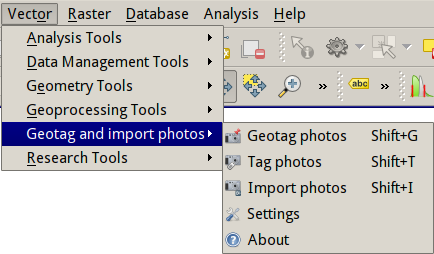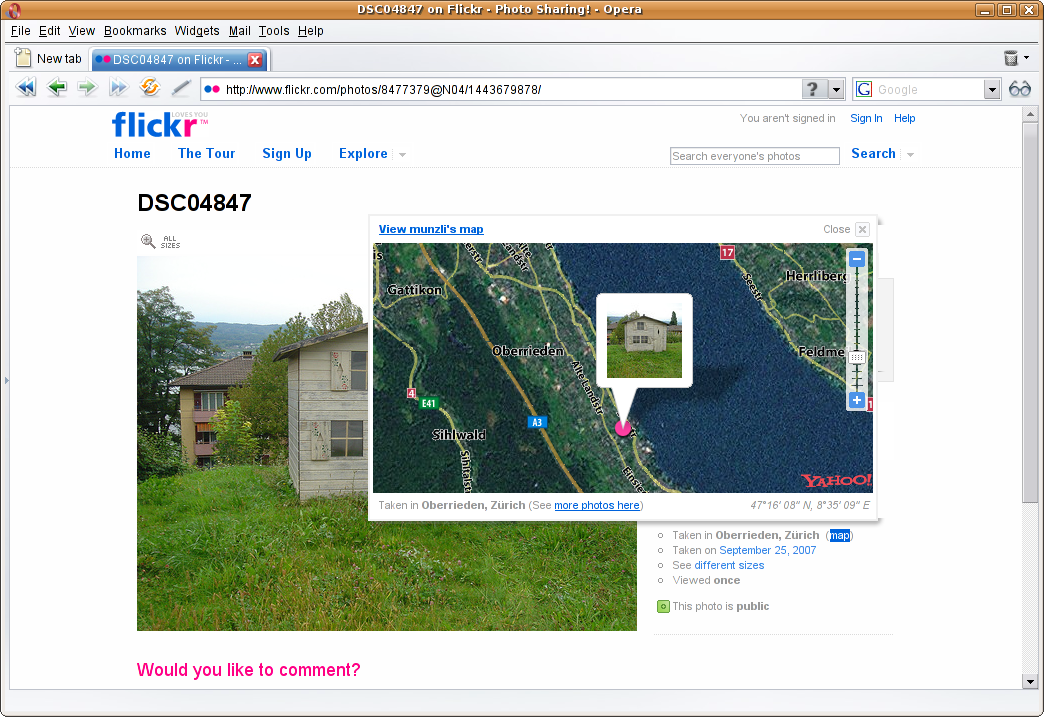

EXIF tool offers for 4 pre-built output formats including. gpx file is much higher, about 12 ’s per second (1290 trackpoints / 106 seconds). Remember in the GoPro example there was only one per second? The Insta360 Pro2 GPS sampling rate that exiftool is outputting to the. Using the same exiftool command as before… The file size is 4.02GB and runs for 1 minute 46 seconds.
#Exiftool geotag mp4#
mp4 video filmed using a Insta360 Pro2 with GPS at FPS in 8K. Insta360 Pro2 Videoįor this next example, I’m going to use an. This matches the count of timelapse photos (meaning all images are correctly GPS tagged). ( This timelapse was shot at the Chinyero Volcano in Tenerife) Now I’ll use a series of 55 timelapse photos shot using a GoPro Fusion at 5 second intervals and stitched as. gpx file is due to the way exiftool handles the gpmd telemetry standard. I think the output of just one per second in the. Interestingly in the eaw metadata output for this video, there are about 18 GPS points recorded per second by the Fusion. Note, the first has no time or elevalues. You can see the output contains lat (latitude), lon (longitude), ele (elevation) and time (the time reported by the camera when the measurement was captured) values. The file size is 86.2MB and runs for 16 seconds. mp4 video filmed using a GoPro Fusion with GPS enabled shot at 5.2K and the final file encoded using H.264 at 4K at 30 FPS using GoPro Fusion Studio (no Protune). GoPro Fusion Videoįor this first example I’m going to use an.
#Exiftool geotag full#
The full output is linked below each snippet should you want to take a deeper look. Where I’ve deleted part of the output you’ll see a. For this post I’ve only included snippets of each output.

There are a significant amount of GPS points in the example files I’ve used. The outputted files will be invalid if any GPSLatitude or GPSLongitude tags are missing, but will be OK for missing GPSAltitude or GPSDateTime tags (but could cause problems later with other tools). Warnings will be generated for missing tags. In the following examples, I am assuming that the GPSLatitude, GPSLongitude, GPSAltitude and GPSDateTime tags are all available in each processed file. Note, if your file is encoded in some proprietary format it might not be properly supported by EXIF tool. Luckily for us, the brilliant EXIFtool supports inverse geotagging. I’m going to be using a process known as inverse or reverse geotagging – a process that creates a GPS track file from a series of geotagged images or a video.
#Exiftool geotag how to#
Let me show you how to grab a GPS track from a 360 timelapse or video to use with Strava, Google Earth, and almost any other mapping or location based tool. How was my speed? How long did it take on this stretch? … Strava is one of my favourites to analyse the telemetry. I often upload GPS tracks from my tour photography to different tools for deeper insights. In the world of 360 outdoor tour photography, telemetry information is usually the most useful metadata, namely – latitude, longitude, and altitude. Now you know the theory, it’s time to put that knowledge to work.

Two weeks ago I talked about the the metadata found in a 360 video. Here’s how to use the GPS points inside your 360 timelapses or videos with tools like Strava and Google Earth.


 0 kommentar(er)
0 kommentar(er)
